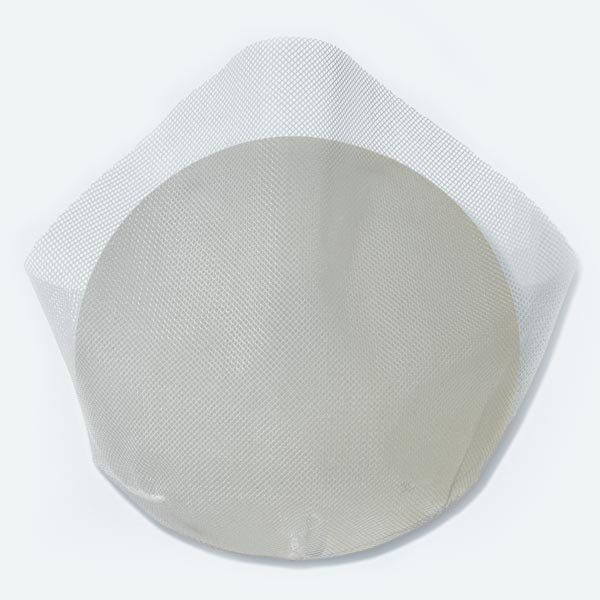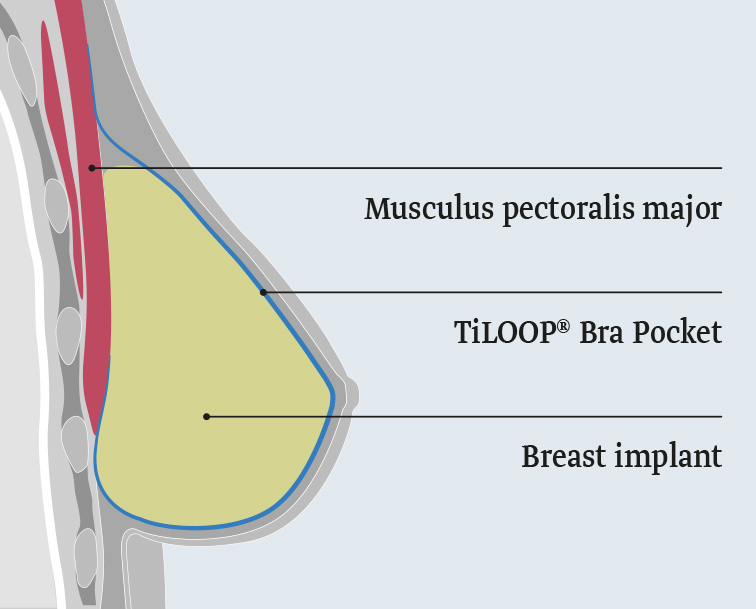
TiLOOP®Bra Pocket
Matrice bioinerte titanizzata 3D per la chirurgia ricostruttiva prepettorale
In presenza di una neoformazione maligna della mammella e spesso anche quando c’è un forte rischio che si sviluppi un tumore vengono eseguiti interventi demolitivi di vario tipo, in rapporto allo sviluppo della malattia e alla strategia terapeutica prescelta.
La ricostruzione può essere immediata cioè eseguita durante lo stesso intervento demolitivo oppure può essere differita e cioè eseguita in un secondo tempo, a distanza di 6-9 mesi dopo il primo intervento.
Dall’esperienza maturata con decine di migliaia di interventi eseguiti con la rete TIloop BRA, siamo orgogliosi di presentarne l’evoluzione:
l’unica rete tridimensionale sintetica presagomata sul mercato approvata appositamente per la ricostruzione del seno dopo mastectomia con posizionamento pre-pettorale.
Il rivestimento in titanio aumenta notevolmente la biocompatibilità con i tessuti ed è proprio per questa sua caratteristica che da decenni è impiegato in altre branche della medicina.
Essa consente di posizionare la protesi mammaria immediatamente dopo la rimozione della massa tumorale evitando così il posizionamento dell’espansore temporaneo e successivamente, del secondo intervento.
La tiloop Bra Pocket accoglie l’impianto protesico rivestendolo integralmente, il muscolo non viene sollevato come avveniva con al tecnica dual-plane, non rimane altro che inserire la Pocket contenete la protesi e fissarla con dei punti di sutura al muscolo pettorale.
Il rivestimento brevettato in Titanio e la sua leggerezza garantiscono un’ottima biocompatibilità ed il massimo comfort per il paziente.

Per la scelta della misura più appropriata, richiedere la scheda tecnica ove si trovano maggiori informazioni in base alla proiezione e al volume dell’impianto protesico.
| Codice | Descrizione | Pz./Conf. |
| 60001383 | TiLOOP® Bra Pocket small | 1 |
| 60001385 | TiLOOP® Bra Pocket medium | 1 |
| 60001387 | TiLOOP® Bra Pocket large | 1 |
Scarica il video per poterlo consultare offline.
Scarica il video per poterlo consultare offline.